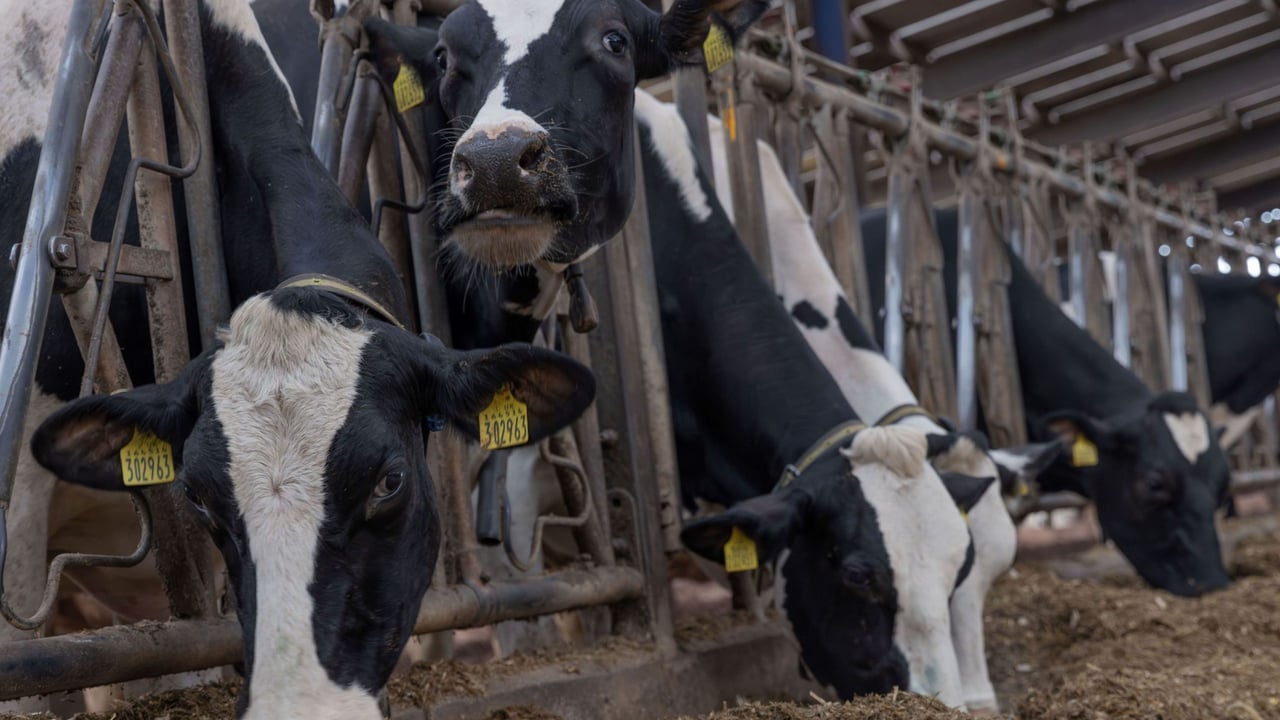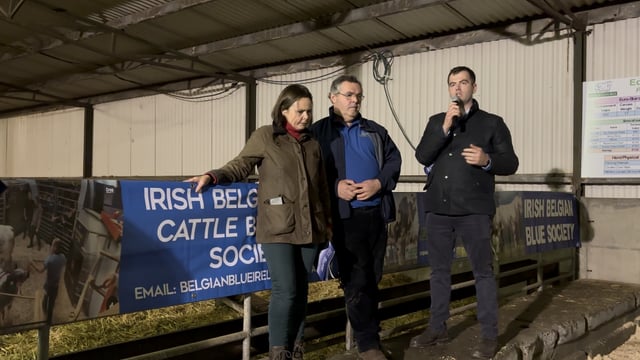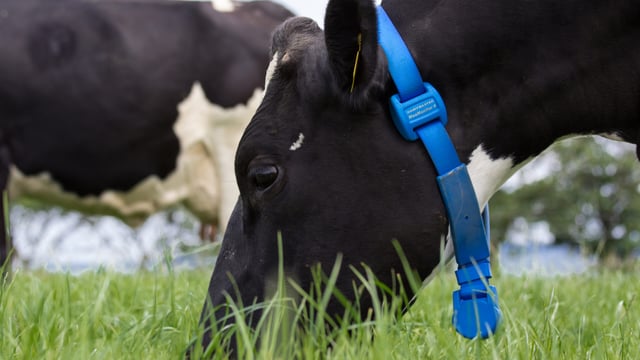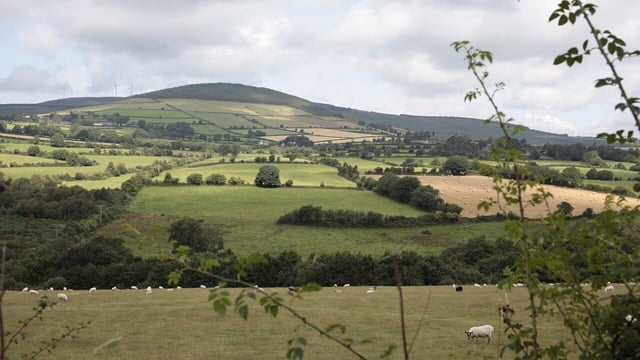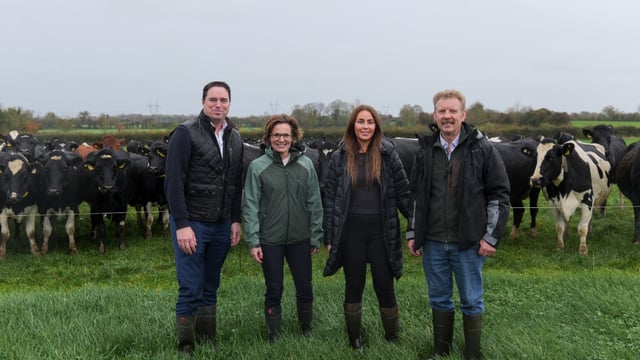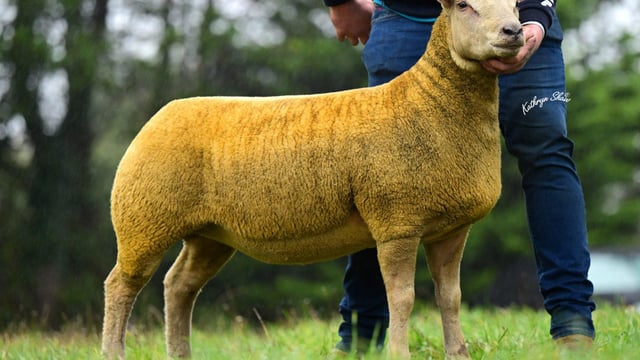Formulating the ideal diet for the winter months
Managing the diet as cows transition from grass to housing has being quite tricky for a lot of farms after the last few weeks of poor weather drove a lot of cows in.
Despite this, farmers must stay on top of the cows' diet as this period of feeding is quite crucial to ensure they are in good condition for the the dry-period.
Firstly, farmers need to be double-checking fodder budgets now to ensure they have enough feed for the coming months, which should in turn feed in to your cull cow strategy.
Silage also needs to be tested now, allowing farmers to formulate winter diets based on the quality.
It is also recommended to carry out body condition scoring (BCS) at this time of the year, highlighting any underconditioned cows which may need to be dried off early (BCS less than 2.75).
Diet
Every farm has a different diet, with some feeding total mixed rations and other just feeding basic silage and minerals but,at the end of the day each cow has requirements which need to be met in that diet.
Good quality silage is the foundation of most Irish diets a cheap feed source that still helps cows achieve adequate BCS gains over the winter, and can even provide the nutritional requirements of dry cows on its own.
For the sake of the few quid it costs to get silage tested, it is well worth it, considering the role silage plays in the diet.
Testing your silage will also help develop a feed plan based on dry matter intake (DMI).
Concentrates are often fed on top of silage to build nutritional gaps, but may not be needed if there is adequate silage in the yard to stretch well into next year while being fed ad-lib.
It is reasonable to feed up to 4kg of meal/cow in addition to silage for those who are milking on for that bit longer, helping to keep production up.
Condition scoring cows will also help formulate the ideal diet, remembering that over-conditioned cows are as high a risk to problems such as milk fever and metabolic issues as under-conditioned cows.
Therefore grouping cows to match diets will help significantly, feeding high quality silage to under-conditioned cows to drive BCS, and the poorer quality silage from second or third cuts to over-conditioned cows, as long as you do not over-compensate on either end.
The effects of silage quality on BCS change over an eight-week dry period and the supplementary meal required to achieve a 0.5 BCS gain as per Teagasc, is as follows:
| Silage DMD | 62 DMD | 68 DMD | 72 DMD |
|---|---|---|---|
| 8-week dry period BCS change | -0.16 | +0.20 | +0.50 |
| Extra meal required to gain 0.5 BCS | 3 kg | 1-1.5 kg | 0 |
Minerals
Minerals are always highly recommended to be added into the diet ad-lib, as cows who may have deficiencies will take what they need before any issues occur.
It is especially important from the beginning of the new year before calving, feeding trace elements like copper, iodine, selenium, and zinc to boost cow and calf health.
Good pre-calver minerals typically have 20-25% magnesium at a rate of 120g and 12,000 units/100g of vitamin D, both of which are essential for calcium mobilisation and preventing cases of milk fever.
Avoid pre-calving feeds high in phosphorus (P) like palm kernel, and only supplement with P if cows have a diet consisting of low-P feeds, like fodder beet.

